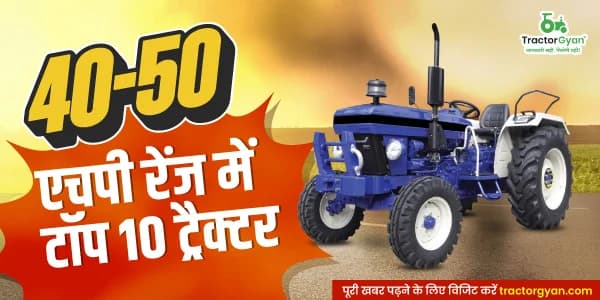Integrated Farming System: An Approach to Maximize Agricultural Efficiency
Table of Content
An integrated farming system is also called a biological integrated system. which includes natural resources in farming practices to get the utmost benefit. It replaces off-farm inputs and sustains agricultural income. The productivity of a multi-cropping system increases by integration of components. These can be dairy, poultry, or fishery components. Integrated agriculture farming also helps small and marginal farmers increase their income. Thus improving their standard of living. The integrated cultivation system also brings nutritional security to a farmer’s family. Farmers can provide components such as vegetables, fruits, eggs, and milk to their families. They can even earn from the surplus amount of these components.
Furthermore, farmers can also enhance their income and save their production costs. They can recycle by-products of crop components. Hence, this practice can also increase the value of labor absorption in Integrated Farming System farms. These components come under integration within the farm. The Integrated farming system is suitable for socio-economic imperatives. The adoption rates of integrated agriculture farming are also less among farmers. Hence, to get the advantages of an integrated farming system to its fullest. Farmers should be aware of the use of an integrated farm management system.
So, today, we will delve into the examples of integrated farming. Plus, Its advantages and disadvantages. And various models and objectives of integrated farming systems.
Components of Integrated Farming System
Integrated agriculture farming includes different components such as crops (field crops, horticultural). It also includes agroforestry (agri-silviculture, agri-horticulture, horti-pastoral), livestock, fishery, mushroom and bee culture. Thus, the waste of one process is used as the input for other processes for better productivity. Some of the components of an integrated farming system with examples are below:
-
Crops - cereals, oilseeds, pulses, fruits, vegetables, flowers, sugarcane. It also includes fiber crops, spices, agriculture forests, etc
-
Livestock and poultry - cow, goat, sheep, buffalo, rabbits, bees, pigs, duck, poultry, etc
-
Fishery - composite fish culture, paddy cum fish culture, etc
-
Secondary agriculture - Bee cultivation, mushroom cultivation, Food processing, vermicomposting, silk cultivation, etc.
Objective of Integrated Farming System
The Integrated Farming System aims to sustain farm income, family nutrition, and ecosystem services. Moreover, the system is also based on the following objectives such as:
-
The integrated farming system focuses on lowering the waste from several subsystems of the farm. It involves expanding the symbiotic or synergistic systems between livestock, and aquaculture. It even includes agriculture and agroindustry. So that the waste from one process becomes the input for another process. Furthermore, it also enables the use of generated waste for means of production. It provides energy, fertilizer, and feed, for improved productivity at less cost.
-
The integrated cultivation system also aims to improve ecological diversity. It does by selecting the right cropping pattern, such as cropping, and intercropping. This helps in reducing competition (including mixed crop rotation). It also improves water, nutrition, and space.
-
An integrated cultivation system also uses the entire farm area for farming. Thus providing more earning opportunities for farmers. It also fosters interactions between biotic and abiotic components.
-
Farmers also get the opportunity to improve the farm household's dietary diversity. And achieve sustainable livelihoods by diversifying the rural farm activities to reduce risks.
Models of Integrated Farming Systems
Integrated farming system models in india are dependent on resource availability. And the physical location, market access, water availability, and agro-climatic situations. It does not include any specific integrated farming model. Some of the combinations of integrated farming system models are:
Fish and livestock Integrated Farming:

This combination can include rearing fish and livestock besides other farming methods. Further, the fish get food from the waste of plants such as leaves, stalks, etc. Plankton is the best food source for fish. And this can be grown through livestock manure grown near fish farms. Even, farmers can also do silkworm farming near fish farms.
Fish-duck Integrated Farming:

Ducks rearing in fish ponds can be beneficial for farmers as duck rearing can save up to 60% of the production cost. It provides a suitable environment for fish. The duck's manure and waste provide nutrients to fish. Besides, ducks get their food from aquatic grasses, insects, and earthworms. Moreover, Ducks need less food. Farmers also provide kitchen waste, molasses, etc to feed them.
Cattle-Fish Integrated Farming:

This system provides high nutritional value in washing cattle sheds. Farmers can use the waste cattle shed as food for fish. Wide cattle sheds can also develop from the widespread fish pond. This technique also drains the waste and water into the pond.
Fish and Agriculture Integrated Farming:

Fish farming cum horticulture farming comes out as the best combination. Small farmer families need about 200 m2 of land to fulfill their needs. The fish ponds cover more than 200 m2 of land. Thus, ponds cover 25 to 35% of the area.
Horticulture and livestock Integrated Farming:

Farmers can also integrate vegetables and fruits with livestock. This combination benefits farmers in many ways, as manure produced can be used for improving crop productivity. Also, it offers a source for diversified income. For instance, farmers can include dairy cows in horticulture farming.
Agroforestry:

Many farmers nowadays plant more trees around their farm together with crops and livestock. Growing trees also benefit the farm in soil conservation. And also improves the biodiversity and water quality in farms. For instance, farmers can grow fruit plants, dates or coconut plants as well.
Horticulture with fishery and piggery Integrated Farming:

Crops and pig dung can be used as fertilizer in ponds. Fishes can feed on pig dung easily. In addition, Pond water can also be utilized for cleaning the pig impurities and waste of its excreta. Also, trees can provide shade for fishery ponds and can also be utilized as fodder for orchard trees that improve soil quality.
Integrated Pest management:

This method focuses on developing a system that depends on natural predators, and biological control agents to manage the disease and pest outbreak in plants. Also, this method can improve crop production and enhance the quality of yields. Thus, farmers can save the cost of chemical pesticides by relying on these natural products from their farms.
Advantages of Integrated Farming System for Farmers
-
An integrated farming system introduces an improved method of farming practices. It gains more input for farmers. Farmers can get benefits with less production cost. And also allows the most use of farm resources.
-
Integrated agriculture farming can also recycle farm resources for production needs. For example, a combination of agriculture could be poultry, dairies, pigs, fishers, silkworms, etc. Besides farming can provide benefits to farmers in raising their farming income.
-
The system also increases crop production to fulfill the needs of the nation. Also, increases the farmer's income by reusing and recycling residues and by-products.
-
It also benefits the environment by reducing pollution by recycling animal waste. It even the production cost of farmers, inducing more income generation.
-
Integrated cultivation systems can also generate steady income for farmers. They can generate products such as eggs, meats, milk, vegetables, fruits, and, silkworms. Growing fodder crops by intercropping and border cropping generates nutritious food for animals.
Disadvantages of the Integrated Farming System
-
To get dual benefits from an integrated farming system. Farmers should be aware of the double responsibilities related to integrated farm management. Every sphere of farming will have its own set of features. And methods of rearing and growing crops and animals.
-
Growing fish, cattle rearing, and plant farming often contradict each other. For example, avoiding giving food to crops or plants that can harm the other animals on the farm.
-
In an Integrated farming system, it is necessary to study everything before starting farming. Also, consider the facts and effects. For e.g, planning to increase the yield with the help of manure. Also, knowing how much is required to avoid access is important. This can harm instead of doing good.
-
It also becomes necessary to look after preventing pollution. So, proper management and care of farms is important.
Conclusion
Different methods of Integrated farming systems provide farmers with an opportunity to increase their income. hence, farmers should adopt various methods of integrated agriculture farming. Furthermore, the integrated farming system benefits farmers by improving farm productivity. And brings low production costs. Farmers can improve their income by including components like crops, livestock, and fisheries. Farmers can also benefit by reusing and recycling resources. Thus, increasing their income and improving pollution through efficient management of animal waste.
The integrated farming system also comes with a set of challenges for farmers. this includes the need for awareness and double responsibilities. Also, resolving problems between different agriculture components is one of them. Despite these difficulties, spreading awareness. Also, Bringing support for integrated farm management can encourage better farm outputs.
Category
Read More Blogs
The Federation of Automobile Dealers Associations (FADA) released the January 2024 Auto sales report on 13th January 2024 and helped us to learn the sector-wise performance of the Indian auto industry. FADA Report provides everything from 2-wheeler sales to tractor sales in January 2024,...
Once again, John Deere India is ready to make headlines with its Power & Technology 5.0 event. Premiered on 14th February 2024, this event covered the detailed features of JD-Link technology, the introduction of 5D GearPro tractors, features we get to see...
जॉन डियर इंडिया अपने पावर एंड टेक्नोलॉजी 5.0 इवेंट के साथ फिर से किसानों के लिए कुछ नई और आधुनिक सुविधाएँ लेकर आया है।14 फरवरी 2024 को होने वाली इस इवेंट में हमे जेडी-लिंक तकनीक की विस्तृत विशेषताएं, 5डी गियरप्रो ट्रैक्टरों से...
Write Your Comment About Integrated Farming System: An Approach to Maximize Agricultural Efficiency
.webp&w=1920&q=75)
Top searching blogs about Tractors and Agriculture
07 Jan 2026
18 Dec 2025
29 Jul 2025
08 Sep 2025
03 Jul 2025
30 Jul 2025
30 Jul 2025
30 Jul 2025
29 Jul 2025
30 Jul 2025
26 Dec 2025
31 Jul 2025
18 Dec 2025
26 Dec 2025









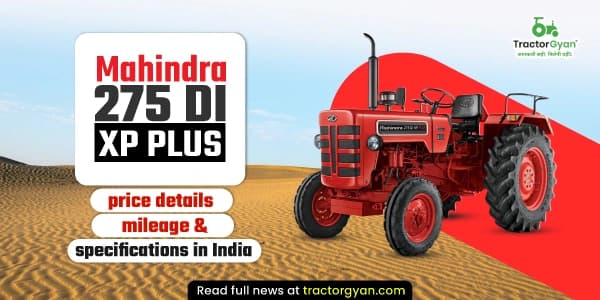
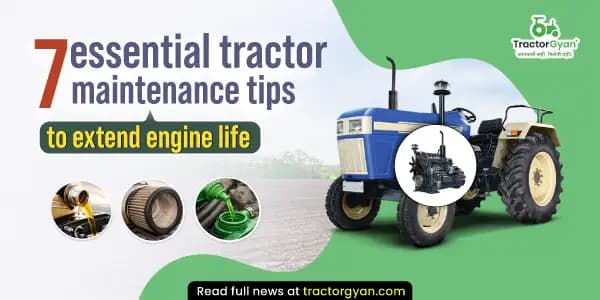
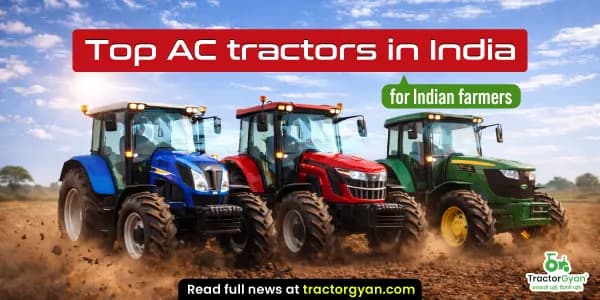
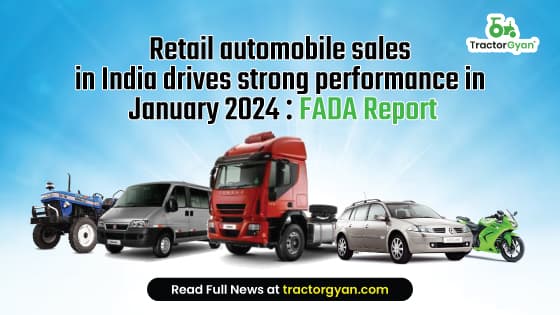

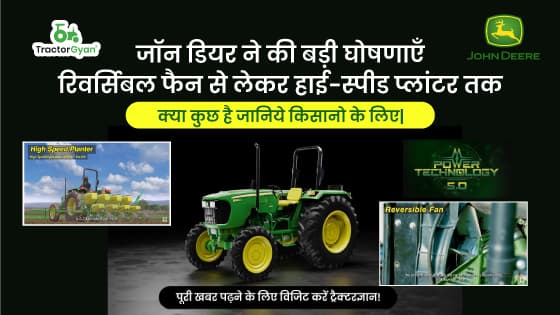
.webp&w=2048&q=75)
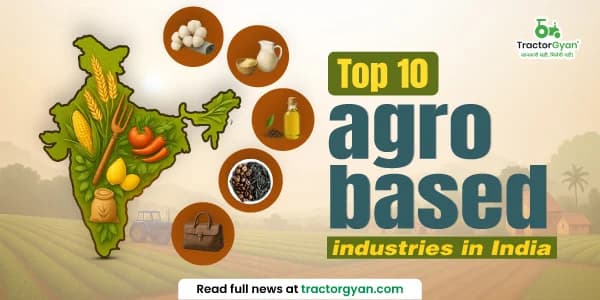
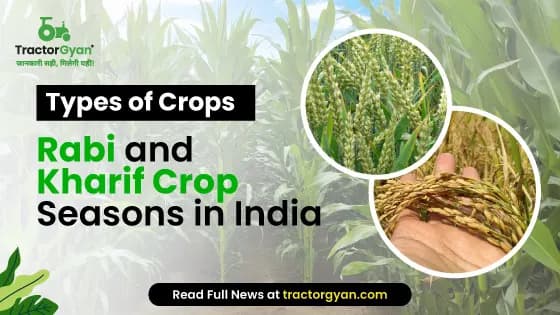
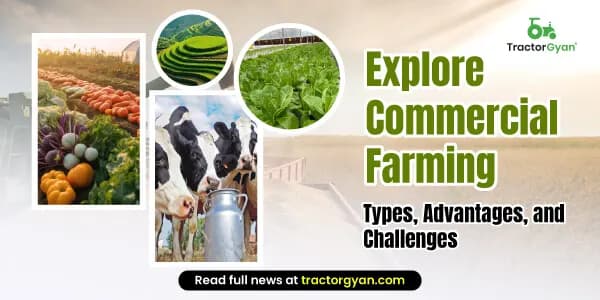
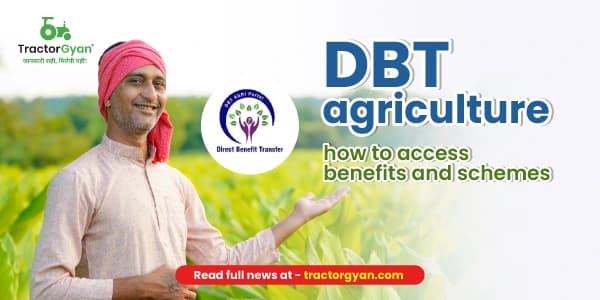
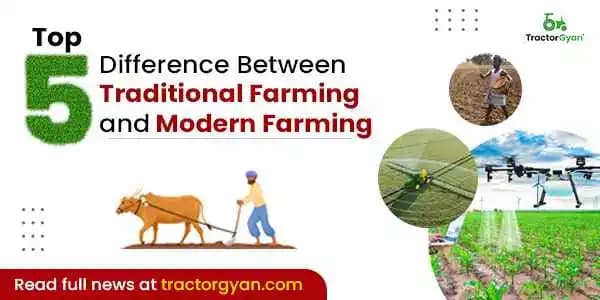
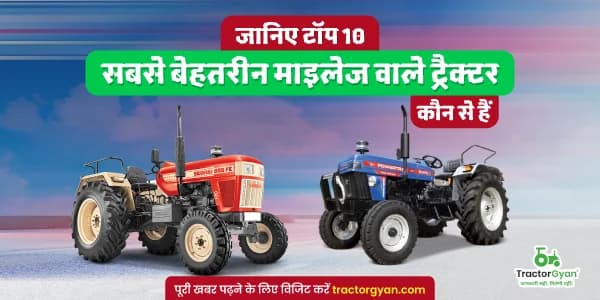
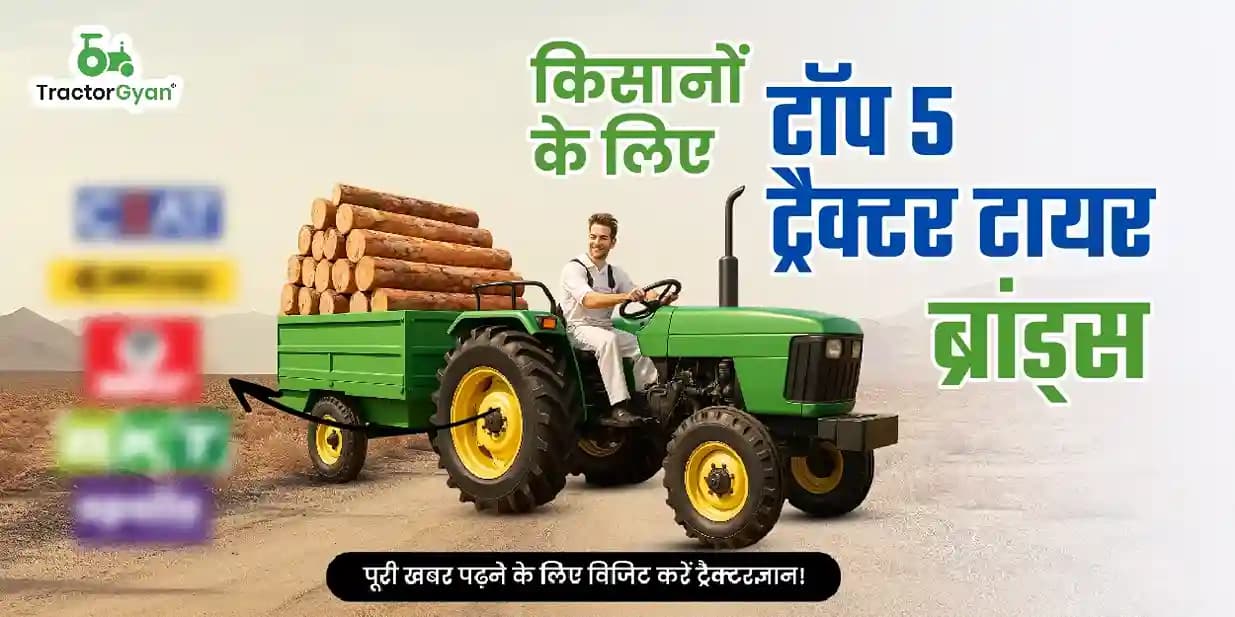
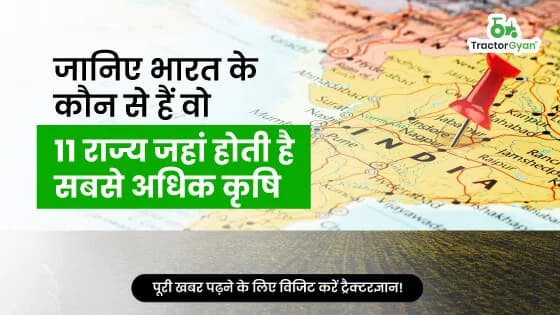
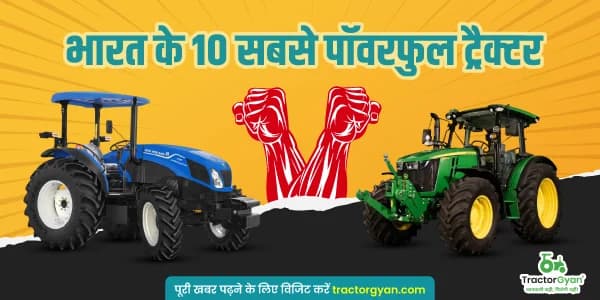
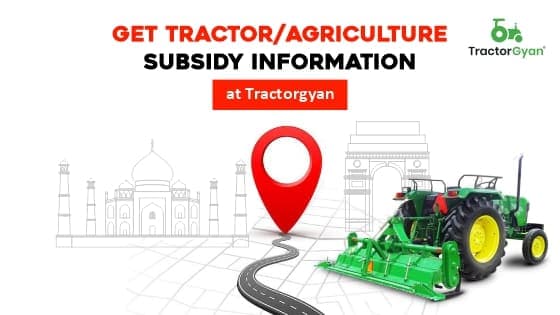
.webp&w=2048&q=75)
.webp&w=2048&q=75)
